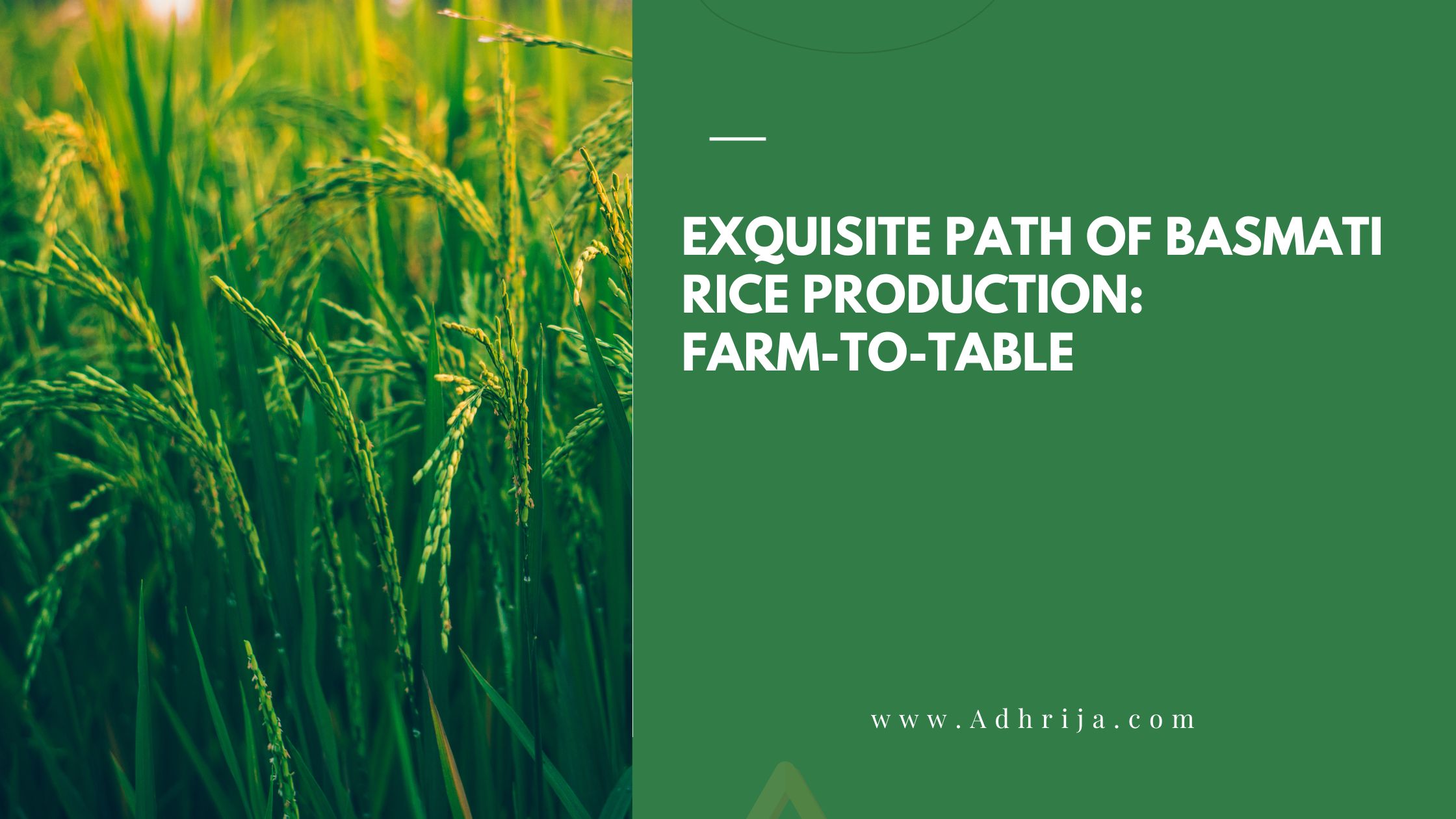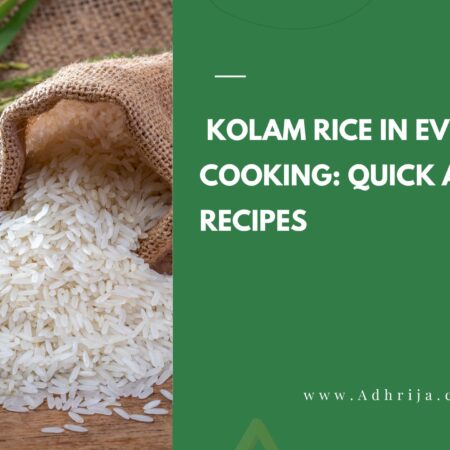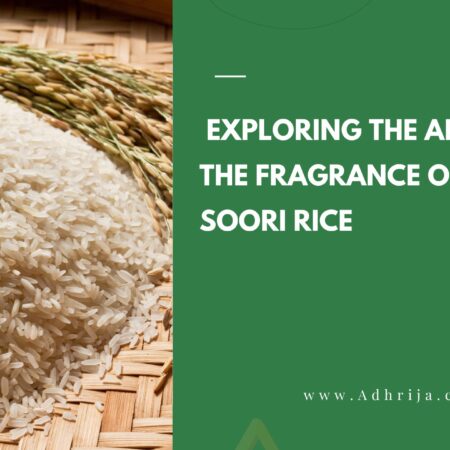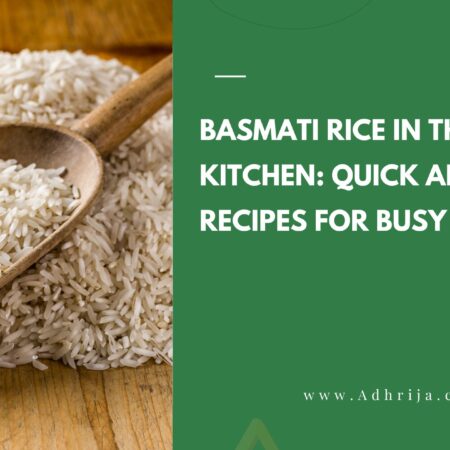
Basmati Rice, also known as the “Queen of Fragrance,” is a long-grain rice variety that has captivated the taste buds of millions around the world. Its delicate aroma, fluffy texture, and exquisite flavor make it a staple in many cuisines. But what makes Basmati Rice so special? In this article, we will embark on a journey to explore the fascinating history, Basmati Rice Production, health benefits, and the farm-to-table odyssey of Basmati Rice.
The history and origin of Basmati Rice
The story of Basmati Rice dates back thousands of years. It is believed to have originated in the foothills of the Himalayas in present-day India and Pakistan. The word “Basmati” is derived from the Sanskrit word “vasmati,” which means “fragrant.” The unique climate, fertile soil, and crystal-clear water of the region create the perfect conditions for growing this aromatic rice.
For centuries, Basmati Rice has been a cherished staple in South Asian cuisine. Its popularity spread across the globe during the Mughal era, when it was introduced to the royal courts of India. The Mughal emperors were known for their love of fine food, and Basmati Rice became an integral part of their lavish feasts. Since then, Basmati Rice has gained international recognition and is celebrated for its superior quality and distinct flavor.
Characteristics and qualities of Basmati Rice
Basmati Rice stands out from other rice varieties due to its unique characteristics. The long, slender grains have a pearly white colour and a delicate, nutty aroma. When cooked, the grains remain separate and fluffy, enhancing the overall dining experience. The taste of Basmati Rice is subtle yet flavourful, making it a versatile ingredient that complements a wide range of dishes.
One of the key factors that contribute to the exceptional quality of Basmati Rice is its aging process. Unlike other rice varieties, Basmati Rice is aged for a minimum of one year before it reaches the market. This aging process allows the grains to develop a more pronounced aroma and a firmer texture. The longer the rice is aged, the better the quality becomes, as it absorbs moisture and matures over time.
The cultivation process of Basmati Rice
The cultivation of Basmati Rice is a labour-intensive process that requires meticulous care and attention to detail. It begins with the selection of the finest seeds, which are sown in nurseries during the spring season. Once the seedlings have grown to a certain height, they are transplanted into flooded paddy fields.
Basmati Rice thrives in a semi-aquatic environment, where it can absorb the nutrients from the soil and receive the right amount of water. The fields are carefully monitored to ensure that the water levels are optimal, as excess water can lead to the rotting of the roots and the growth of weeds. Farmers also take measures to protect the crop from pests and diseases, using natural methods whenever possible to minimize the use of chemicals.
Harvesting Basmati Rice is a delicate process that requires precision and timing. The grains are harvest by hand when they are fully mature but still slightly green. This ensures that the grains retain their aroma and flavor. After harvesting, the rice left to dry in the sun, allowing the moisture content to reduce and the grains to harden. Once dried, the rice is thresh to separate the grains from the husks, and then polish to give it a shiny appearance.
Traditional methods vs modern techniques in Basmati Rice production
Traditionally, Basmati Rice was cultivate using age-old methods that had been pass down through generations. These methods emphasized the importance of sustainable farming practices and a deep respect for nature. However, with the advancement of technology and the growing demand for Basmati Rice, modern techniques have been introduce to increase productivity and improve efficiency.
Modern techniques in Basmati Rice production include the use of machinery for sowing, harvesting, and threshing. These machines significantly reduce the labor required and increase the speed of the process. However, there is a debate about whether these modern techniques compromise the quality and authenticity of Basmati Rice.
While modern techniques have undoubtedly increased the yield and streamlined the production process, many argue that they have led to a loss of traditional knowledge and a decline in the unique characteristics of Basmati Rice. Traditional methods, on the other hand, prioritize sustainability and the preservation of the rice’s natural flavor and aroma. Striking a balance between tradition and modernity is crucial to ensure the future of Basmati Rice production.
The journey from farm to table: Basmati Rice supply chain
The journey of Basmati Rice from the farm to the table is a complex process that involves multiple stages and stakeholders. Once the rice is harvest and processed, it is transport to warehouses and mills, where it undergoes further cleaning, grading, and packaging. From there, it is distribut to wholesalers, retailers, and exporters who ensure that it reaches the consumers in various parts of the world.
One of the critical aspects of the Basmati Rice supply chain is quality control. Each batch of rice is rigorously test to ensure that it meets the highest standards of quality, including length, aroma, texture, and moisture content. This ensures that consumers receive the authentic Basmati Rice experience and encourages trust in the brand.
The demand for Basmati Rice has skyrocketed in recent years, with consumers worldwide recognizing its superior quality and health benefits. As a result, the supply chain has become more efficient and streamlined, enabling Basmati Rice to reach even the remotest corners of the globe.
Health benefits of consuming Basmati Rice
Apart from its delightful taste and aroma, Basmati Rice offers a range of health benefits. It is low in fat and cholesterol and contains essential nutrients such as carbohydrates, fiber, and protein. The slow-release carbohydrates in Basmati Rice provide a steady source of energy, making it an ideal choice for athletes and those with an active lifestyle.
Basmati Rice is also gluten-free, making it suitable for individuals with gluten sensitivities or celiac disease. This makes it a healthier alternative to other rice varieties for individuals with diabetes or those looking to manage their blood sugar levels.
Furthermore, Basmati Rice is rich in vitamins and minerals, including B vitamins, iron, and magnesium. These nutrients support overall well-being and contribute to the proper functioning of the body. Incorporating Basmati Rice into your diet can help promote a healthy digestive system, improve brain function, and boost immunity.
Popular Basmati Rice brands and varieties
Over the years, numerous brands have emerged in the market, offering a wide range of Basmati Rice varieties. Each brand strives to provide the best quality rice, and consumers have their own preferences based on taste, aroma, and texture. Some of the popular Basmati Rice brands include Tilda, India Gate, Kohinoor, Royal, and Daawat.
Each brand offers different varieties of Basmati Rice, catering to the diverse culinary preferences of consumers. Some of the commonly available varieties include white Basmati Rice, brown Basmati Rice, and flavoured Basmati Rice, such as saffron or biryani rice. Exploring these varieties allows you to discover new flavors and textures and adds a touch of elegance to your meals.
Conclusion: The legacy and future of Basmati Rice
Basmati Rice has come a long way from its humble origins in the foothills of the Himalayas. Its delicate aroma, fluffy texture, and exquisite flavor have made it a favourite among food lovers worldwide. The cultivation process, from seed to table, is a labor of love that involves the expertise of farmers, the dedication of producers, and the passion of chefs.
As we embark on a farm-to-table odyssey of Basmati Rice, we appreciate not only its culinary value but also its cultural significance. Basmati Rice represents a legacy of tradition, sustainability, and the rich heritage of South Asian cuisine. It brings people together, transcending borders and cultures, and creating a shared experience of flavors and aromas.
Looking ahead, the future of Basmati Rice is bright. The demand for this exquisite grain continues to grow, as more people recognize its exceptional quality and health benefits. It is up to us to ensure that the production of Basmati Rice remains sustainable, preserving its authenticity and unique characteristics for generations to come.







